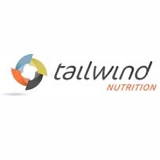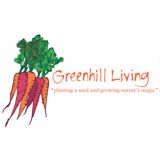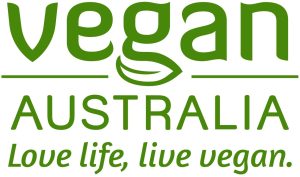How do you eat?
A relatively simple question if you think about it but at the same time, somewhat loaded. What we eat seems a very contentious issue at times, believe me following a plant-based (vegan) diet for over 30 years I’ve had my fair share of scrutiny regarding the types of foods I feed my body with.
I choose to consume a relatively ‘healthy’ diet one that focuses on plant-based foods, with little to no processing and foods that promote good health but for some reason this way of eating leans itself to ridicule and backlash. I don’t eat ‘perfect’ all the time, there is no such pedestal anyone can stand on that says they do (please correct me if I am wrong here) but how I eat is based on the foundation of health promoting and energy giving along with allowances to allow a restful rest.
Let’s breakdown ‘health’. Broadly, health is ‘a state of complete physical, mental and social well-being and not merely the absence of disease or infirmity’. To find ‘health’ is not a privilege or a luxury but a right of every human being.
Seeking health is not expensive but it can be costly if you are unsure of the tools which you need to learn and manage to obtain and keep it. The health I am focusing on today, is the health of your daily food choices. The foods you have a choice to eat from morning to night.
In all honesty, food health requires knowledge, time, and effort and for some, this can be difficult, but it should not be unattainable. Health has become somewhat muddled from all the various marketing messages; how do you see past the highlights to understand the true facts of these campaigns? Convenience does not always equate to health and who agrees, the fine print needs to be bigger to understand the whole picture?
I am not going to single out organisations or products to prove my point, instead I am going to detail a simple guide to helping you choose health when it comes to your food choices.
Where do you start? Back in the day when I was a child, we were taught food via a food pyramid; the nutritional hierarchy of what our plate should look like to eat a balanced healthy diet. Nutrition Australia first introduced the Healthy Eating Pyramid in 1980, a simple conceptual model to help people understand adequate nutrition.
Over the years the pyramid designs have changed but what has remained the same is the content encouraging Australians to eat a varied and balance diet focusing on:
Eat Most
- Vegetables & Legumes
- Fruit
- Grains
- Herbs & spices
- Water
Eat Moderately
- Lean meat
- Eggs
- Fish
- Poultry
- Milk, yoghurt, cheese and alternatives
- Nuts and seeds
- Healthy Fats
Eat in small amounts
- Added fats, salt and sugars
The keys messages also include enjoying a variety of food and being active every day!
It’s a common finding that in various food pyramids worldwide, the base consistently comprises plant-based foods like fruits, vegetables, legumes, and grains. These food categories are universally acknowledged as vital components of a healthy diet.
When considering ways to alter your plate for better health, beginning with incorporating plant-based foods appears to be a solid initial step, would you agree?
Autumn/Winter Seasonal Foods
FRUIT
- Apples
- Blackberries
- Figs
- Grapes
- Honeydew Melon
- Mandarins
- Oranges
- Persimmons
- Pomegranate
- Quinces
- Rhubarb
VEGETABLES
- Asian greens
- Beetroot
- Broccoli
- Brussel Sprouts
- Cabbage
- Capsicum
- Carrots
- Cauliflower
- Celeriac
- Celery
- Eggplant
- Kale
- Leeks
- Onions
- Peas
- Potatoes
- Pumpkin
- Spinach
- Zucchini
This list doesn’t cover all the seasonal foods of the season, but it provides a solid starting point for meal planning.
For meal ideas and inspiration during the cooler months, particularly in the Adelaide Hills, follow Planted Life on social media @plantedlifeau.










